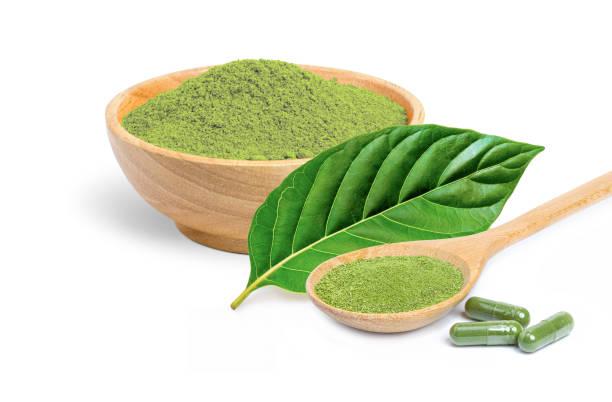Understanding Kratom for Pain: Benefits and Best Practices
Kratom is a plant native to Southeast Asia that has been used for centuries as a natural remedy for various ailments, including pain relief. In recent years, it has gained popularity in the Western world as an alternative to traditional pharmaceuticals for managing chronic pain. Understanding how kratom works and the best practices for using it can help individuals make informed decisions about incorporating this herb into their pain management regimen.
Kratom contains compounds called alkaloids, most notably mitragynine and 7-hydroxymitragynine, which interact with opioid receptors in the brain to produce analgesic effects. These alkaloids also have stimulating and sedating properties depending on the dosage and strain of kratom used. By binding to opioid receptors, kratom can help alleviate pain by modulating neurotransmitters involved in pain perception.
One of the key benefits of using high quality kratom for pain relief is its ability to provide fast-acting relief without the risk of dependency or tolerance associated with traditional opioids. Unlike prescription medications like oxycodone or hydrocodone, kratom is considered less addictive due to its unique mechanism of action on opioid receptors. However, it is essential to use caution when using kratom as misuse or overuse can lead to adverse effects such as nausea, dizziness, and constipation.
When it comes to choosing the best strain of kratom for pain management, red vein strains are often recommended for their potent analgesic properties. Red vein kratom contains higher levels of 7-hydroxymitragynine compared to other strains, making it more effective at relieving moderate to severe pain. Green vein strains are also popular among users seeking a balance between pain relief and energy enhancement.
In terms of dosing, beginners should start with a low dose (1-2 grams) and gradually increase until they achieve the desired level of pain relief. It is important not to exceed recommended dosages as this can lead to tolerance buildup and potential side effects. Some users prefer rotating different strains of kratom every few days to prevent tolerance from developing.
It is crucial always purchase high-quality kratom from reputable vendors who test their products for purity and potency. This ensures that you are getting a safe and effective product free from contaminants or adulterants. Additionally, consulting with a healthcare professional before starting any new supplement regimen is recommended especially if you have pre-existing medical conditions or are taking medications that may interact with kratom.
In conclusion understanding how Kratom works for Pain Relief along with following Best Practices will allow individuals suffering from chronic pain explore natural alternatives that may improve their quality life without relying solely on pharmaceuticals.



